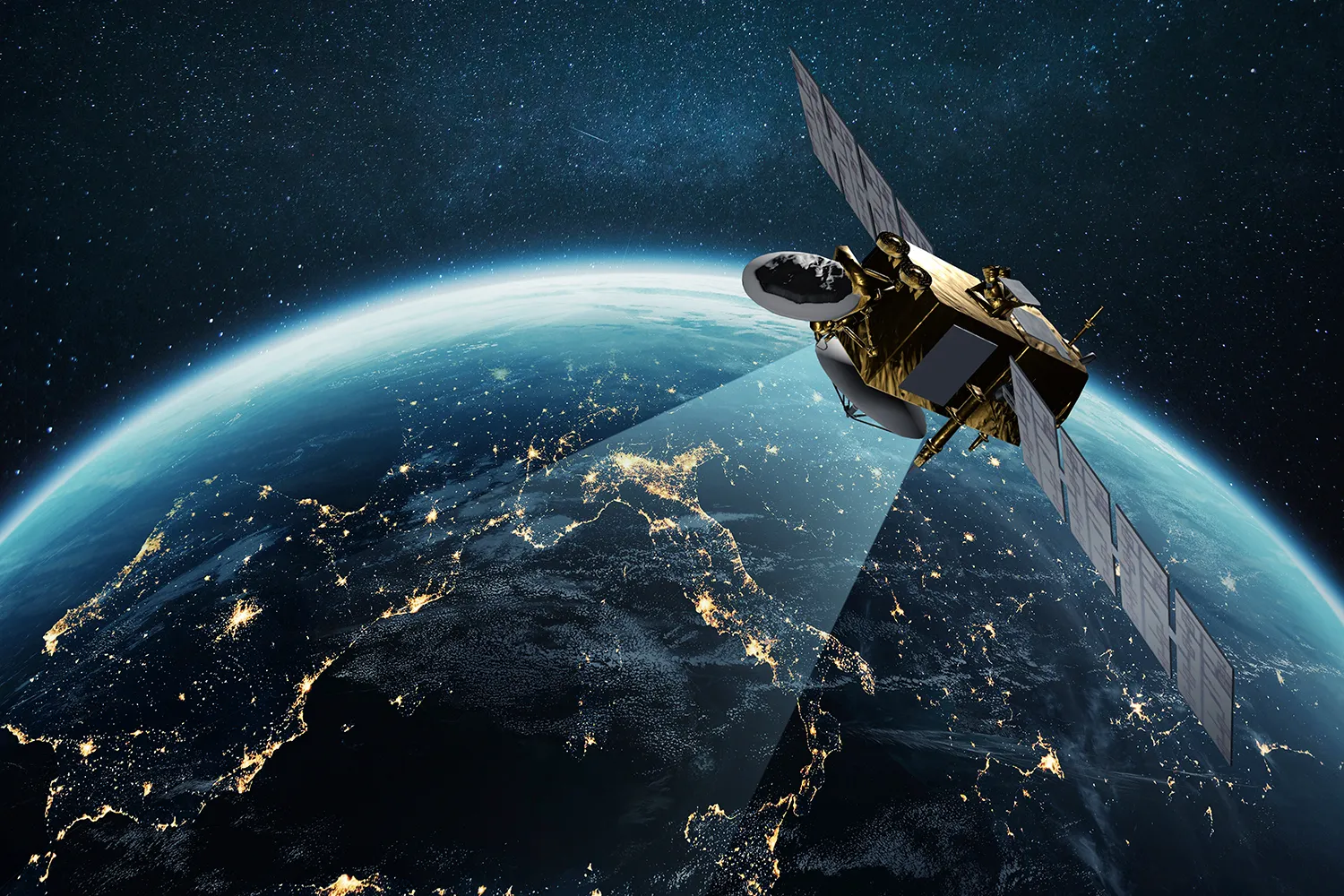Orbital Provider: A LEO Perspective

As Russia pushes forward with national connectivity goals, its mining and industrial sectors are becoming early adopters of a homegrown satellite internet system that may rival Starlink—without the infrastructure burden.
Top Mining and Infrastructure Players Join the Trial
Five enterprises in Russia’s extractive industries are taking part in the industrial-scale pilot of satellite internet by Bureau 1440, a private aerospace company under ICS Holding. The announcement was made during the CIPR-2025 conference. The satellite constellation will operate in low Earth orbit (LEO), a standard path for data relay missions.
Participants include Severstal (steel and mining), Alrosa (diamonds), Svyaztransneft (telecom for pipelines), the Omsukchan Mining and Geological Company (gold), and the federal infrastructure operator Zashitainfotrans. These companies have one thing in common: remote assets with no reliable internet access. Most rely on proprietary cellular towers—an expensive and inflexible solution.

The new satellite internet system, powered by Bureau 1440’s 'Rassvet' satellite constellation, promises to cut infrastructure costs and deliver stable connections. Initially, 300 satellites will be deployed, scaling up to 886. According to Roscosmos head Dmitry Bakanov, failed units will be promptly replaced.
Starlink Alternative on a Russian Trajectory
Reliable internet is vital for digitalizing mining operations: from data analytics to digital twins, and safety automation. That’s why early adopters believe this project will speed up digital transformation across Russia’s resource industries.
This isn’t just aspirational. The national data economy program mandates a Starlink alternative by 2027. Experts forecast broadband-quality service and far lower pricing for industrial applications.
The rollout will especially benefit enterprises with extended infrastructure, such as pipelines. It will also enable robust IIoT ecosystems without new hardware investments. Terrestrial networks can continue as backups or handle local communication within defined boundaries.
Expanding Coverage from the Ground Up
Full national satellite coverage—including the Arctic—is expected. This opens doors for AI, digital twins, and predictive analytics across remote production sites.
Bureau 1440, which began as a Megafon initiative, now develops LEO broadband systems from scratch. The name references the 1,440 Earth orbits completed by Sputnik-1. Today, the company has participated in more than 20 national-level initiatives, solidifying its role in Russia’s space industry.

Next Stop: Sky-Based 5G
By 2027, satellite broadband and 5G will be available aboard Russian aircraft. Satellite launches for this initiative begin next year under the federal 'Sphere' program, championed by President Vladimir Putin.
The Sphere initiative includes enhancements to Gazprom’s 'Yamal' geostationary network and the launch of new constellations for optical and radar-based Earth observation. The program will also establish the 'Griffon' global monitoring system, capable of analyzing Russian territory every 30 hours to detect environmental and industrial changes, regulate transportation flows, and track resource extraction.
Russia is positioning its orbital infrastructure as a new frontier for mining efficiency and safety. With a fully independent system, mining operations will gain access to data-driven tools that reduce risk, enhance sustainability, and support global competitiveness.










































